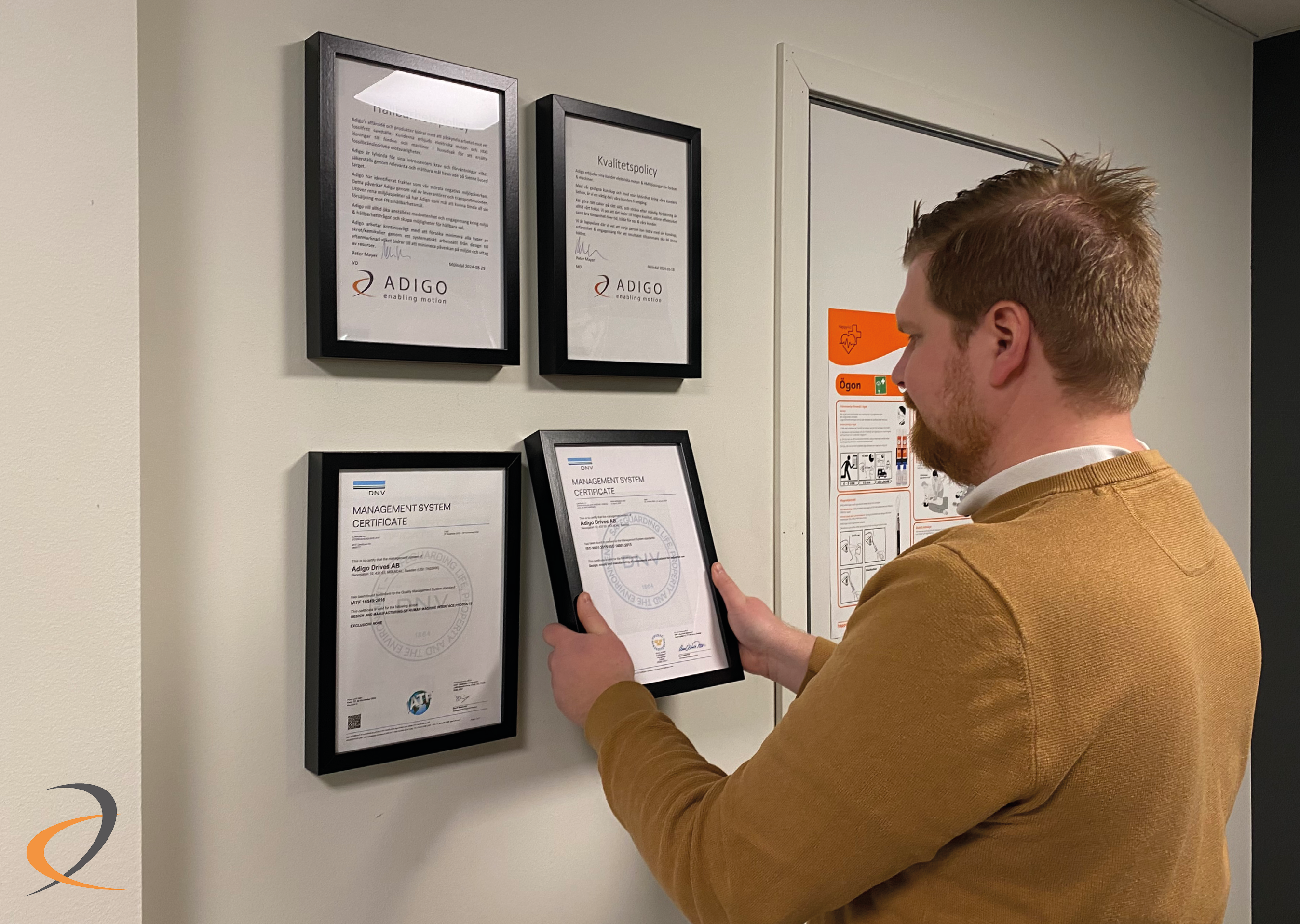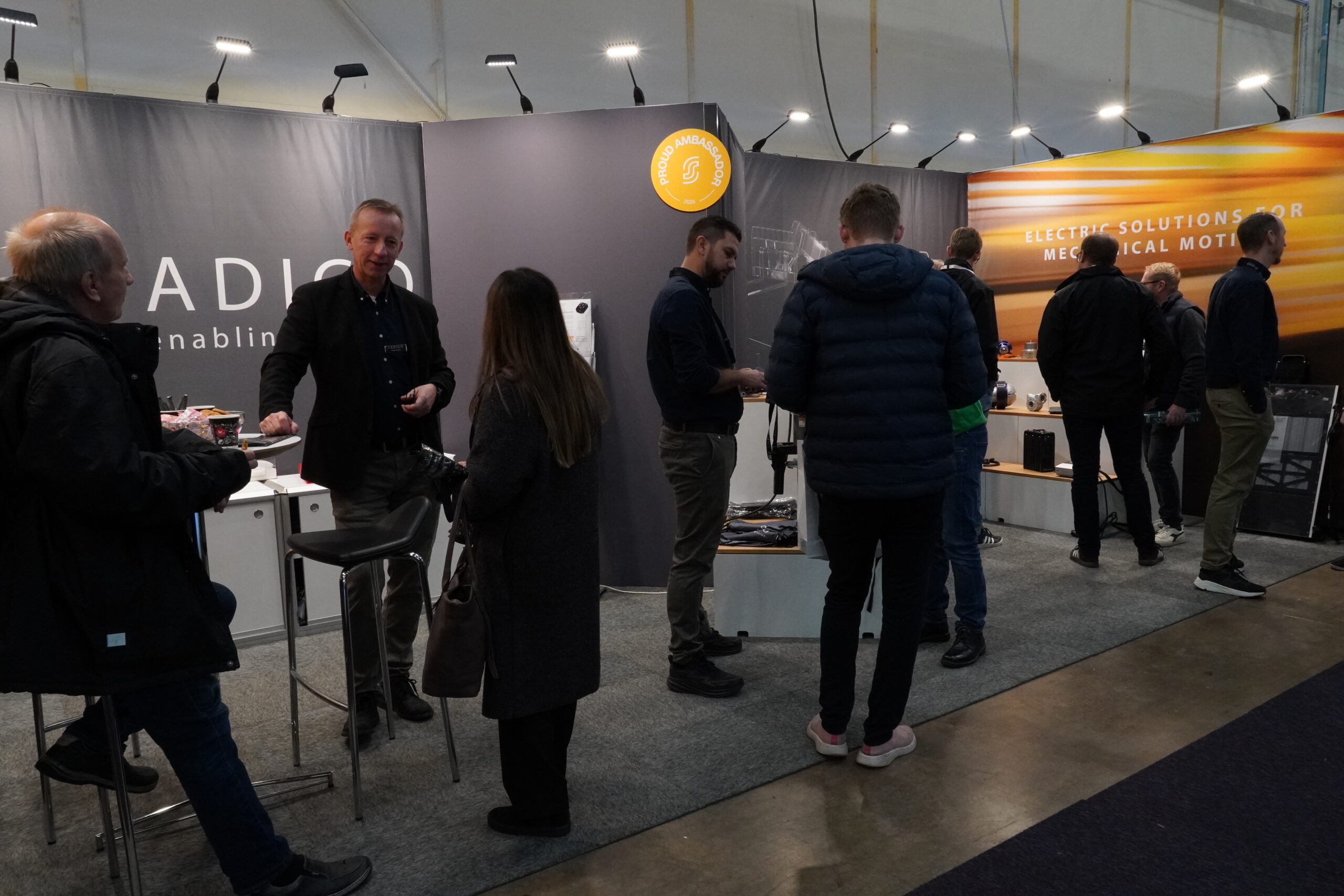LEV – How to electrify small vehicles?
In all aspects of electrification, we begin all design and concept studies based on the user definition and the purpose of the vehicle in the market. In very rare cases the designs starts from the technical side but rather the business models for the customers product. In below text we will try to give you the insights we have gathered since the mid 70’s about electrification.
The Electric Vehicle Market is projected to reach 27 million units by 2030 from an estimated 3 million units in 2019, at a CAGR (Compound annual growth) of 21.1%. The European market is projected to experience steady growth, owing to a well-developed infrastructure for electric vehicles.
If the vehicle weights up to 300kg in dry weight it fits into a standard in below chart as an LEV (Light Electric Vehicle) L1e – L4e.
Source; L-category vehicles classification according Reg. 168 -Annex I, European Parliament
When we are engaged in a LEV product we work out of a fixed project structure to ensure optimal outcom in every project. We do a business environmental check consisting of questions like below.
Parameters:
– How will this product be sold?
– What purpose does the product fulfil the market?
– How does the financial business model look from the customers perspective?
– Products time of use?
– The defined environment that it will be operated in
– Effects from external environment
– ….and some more aspect taken into calculations……
The concept study concerns the ability to build a realistic vehicle that fits into the customers business model. Can it be feasaible to build and produce such powertrain for this vehicle? We aim to answer all the customers questions in regards to profitability of their product through out the entire lifecycle of their product. Further questions to take into count;
– Expected acceleration and torque
– Surface that may occur in the usage
– Flat ground or hills, or if both combined
Using our Calculation tools for simulating how to build the blocks for the vehicles electric powertrain defines the basis for this concept study. Questions concerned will be such as:
– Use of energy and how to balance battery pack
– Need for torque and how it is utilised in the best way
– Conclusion that compares expectations to technical limitations
– Outlined aspects in feedback to vehicle design department
Last step will for sure be the technical nerdy part of the agenda (yes, we love it!!!). It concerns aspects as battery technology, motor and controller comparisons, estimated technology level of entire system in regards to business values and of course government laws and regulations.
Looking into the above sections we work similar with all our customer cases whether it is a bicycle, electric sports vehicle or a simple/complex human transportation. The only aspect that keeps them all in the same frame of mind is the energy capacity to maximize usage in small electric vehicles.
Adigo most certainly would like to help you to develop your next LEV or next generation of existing LEV!



